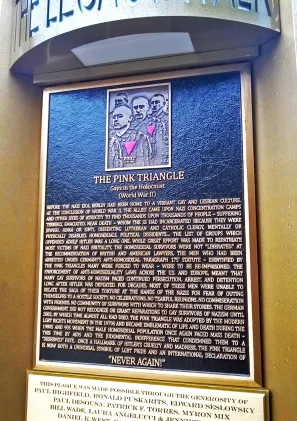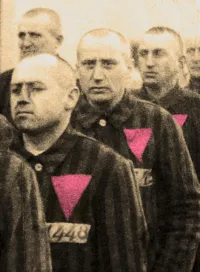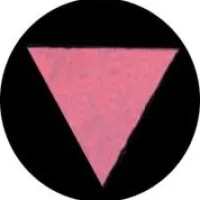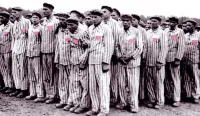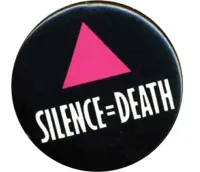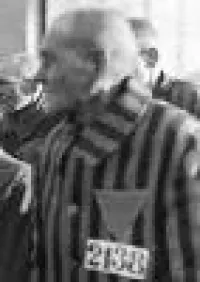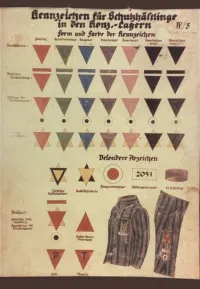-
Gays in the Holocaust
“Since then I sometimes wake up howling in the middle of the night. For fifty years now that scene has kept ceaselessly passing and re-passing through my mind. I will never forget the barbaric murder of my love – before my very eyes, before our eyes, for there were hundreds of witnesses. Why are they still silent today? Have they all died? It’s true that we were among the youngest in the camp and that a lot of time has gone by. But I suspect that some people prefer to remain silent forever, afraid to stir up memories, like that one among so many others. As for myself, after decades of silence I have made up my mind to speak, to accuse, to bear witness.”
- Pierre Seel, from "I, Pierre Seel, Deported Homosexual: A Memoir of Nazi Terror"
Before the Nazi era, Berlin had been home to a vibrant gay and lesbian culture. At the conclusion of World War II, the Allies came upon Nazi concentration camps and other sites of atrocity to find thousands upon thousands of people – suffering terribly, emaciated, near death – whom the SS had incarcerated because they were Jewish, Roma or Sinti, dissenting Lutheran and Catholic Clergy, mentally or physically disabled, homosexuals, political dissidents… the list of groups which offended Adolf Hitler was a long one. While great effort was made to repatriate most victims of Nazi brutality, the homosexual survivors were not “liberated.” At the recommendation of British and American lawyers, the men who had been arrested under Germany’s anti-homosexual ‘Paragraph 175’ statute – identified by the pink triangles many were forced to wear – were to be re-imprisoned. The enforcement of anti-homosexuality laws across the U.S. and Europe, meant that many gay survivors of Nazism faced continued persecution, arrest, and detention long after Hitler was defeated. For decades, most of these men were unable to relate the saga of their torture at the hands of the Nazis for fear of outing themselves to a hostile society. No celebrations. No tearful reunions. No commiseration with friends. No community of survivors with which to share their stories. The German government did not recognize or grant reparations to gay survivors of Nazism until 2002, by which time almost all had died. The Pink Triangle was adopted by the modern LGBTQ Rights Movement in the 1970s and became emblematic of life and death during the 1980s and 90s when the male homosexual population once again faced mass death – this time by AIDS and the judgmental indifference that condemned them to a “deserved” fate. Once a hallmark of Hitler’s cruelty and madness, the Pink Triangle is now both a universal symbol of LGBTQ Pride and an international declaration of “NEVER AGAIN!”
Lesson Plan
Demography
Era/Epoch Cold War (1945-1991) Great Depression (1929-1939) Information Age (1970-present) World War II (1939-1945)
Commemorations & Honors
AIDS Coalition To Unleash Power (ACT UP) Logo Created With Inverted Pink Triangle and Slogan "SILENCE = DEATH" by 6 Gay Activists in New York City (1987)
Pink Triangle Plaque Installed at the Dachau Memorial Museum Commemorating the Suffering of Gay Inmates (1995)
Pink Triangle Basis of Design for Homomonument in Amsterdam, the Gay and Lesbian Holocaust Memorial in Sydney, the Pink Triangle Park in the Castro Neighborhood of San Francisco and the Pink Triangle on Twin Peaks Displayed Every Year During San Francisco
Pink Triangle Memorial Erected in Tel Aviv Israel
Monument Honoring Gay People Killed by the Nazi's Erected in Berlin Germany
Resources
